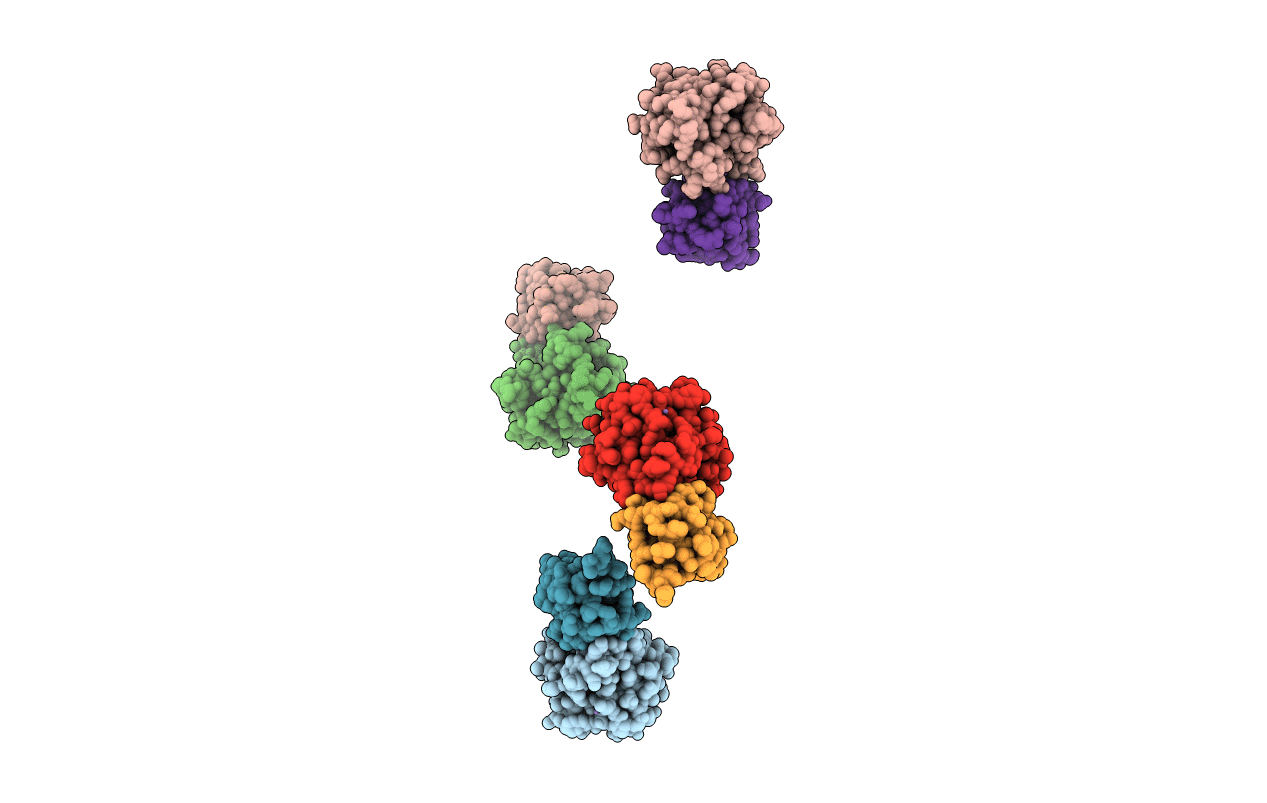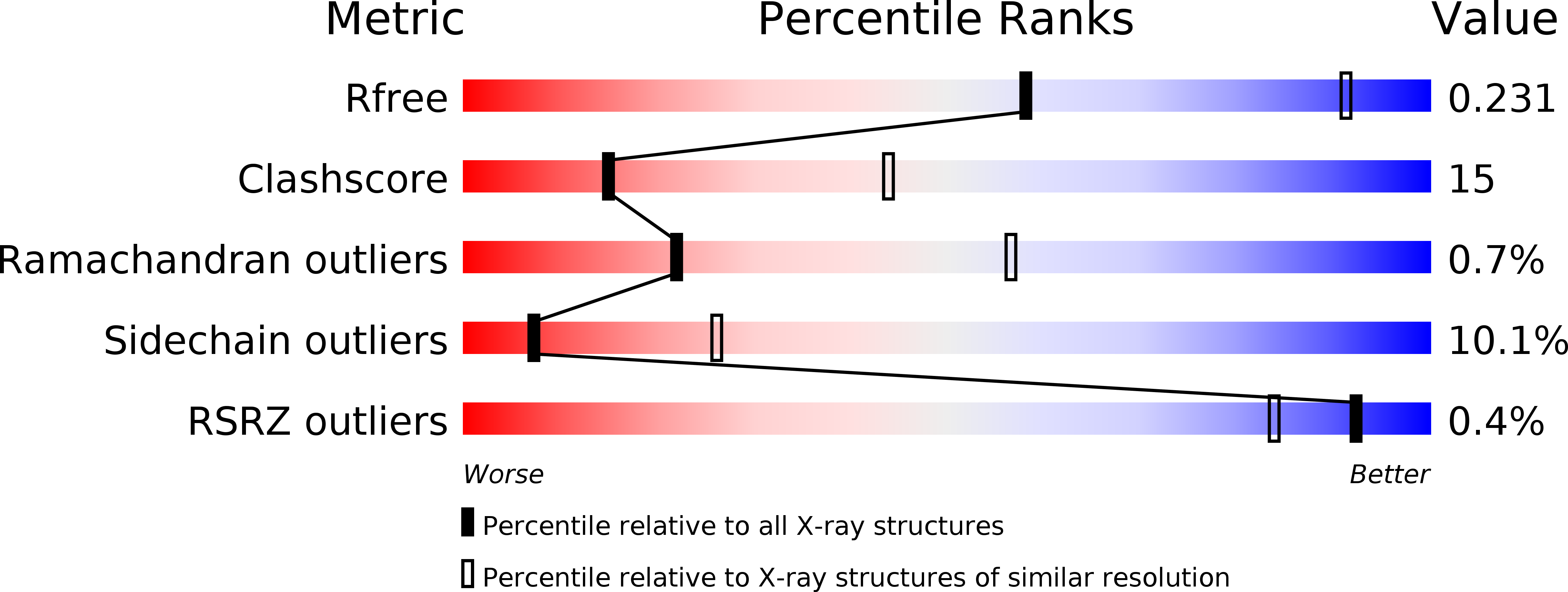
Deposition Date
1997-12-05
Release Date
1998-12-30
Last Version Date
2024-05-22
Method Details:
Experimental Method:
Resolution:
2.95 Å
R-Value Free:
0.23
R-Value Work:
0.18
R-Value Observed:
0.18
Space Group:
P 1 21 1


